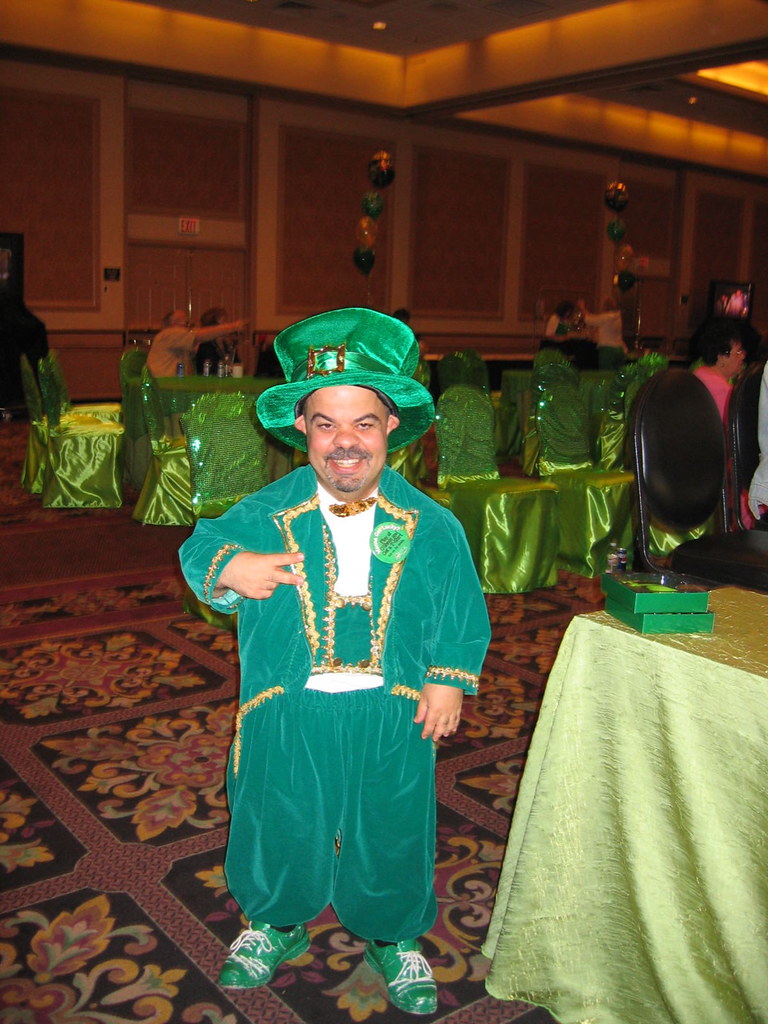The world of fashion – a realm where trends come and go with the seasons, where the latest styles are often fleeting, and where the allure of brand names often overshadows the essence of true style. But nestled within this vibrant tapestry lies a timeless aesthetic that transcends the cyclical nature of trends: the old money fashion. This is not about the brands that scream for attention or the garish displays of wealth that are here today and gone tomorrow. No, my friends, this is about a style that whispers elegance, that carries the legacy of generations, and that stands as a testament to the enduring appeal of understated luxury. Let’s embark on a journey to unravel the mystique of the old money aesthetic, a style that, as we will discover, is not just about clothing, but about a lifestyle that epitomizes class and sophistication.
The Essence of Old Money Aesthetic: Timeless Elegance and Understated Luxury
At the heart of the old money aesthetic is the philosophy that less is indeed more. This is a world where the focus is on craftsmanship and quality, where the clothes speak of the wearer’s discernment rather than their bank account. It’s a realm where tailored, unbranded clothing reigns supreme, and where investment brokers and Yale alumni opt for Sperry boat shoes over flashy designer footwear. The essence of old money style is not captured in the logos emblazoned across one’s chest but in the subtle details that suggest a lineage of wealth and taste.
The origin of this aesthetic can be traced back to the aristocratic and wealthy families who have held their wealth through generations. It’s an expression of a lifestyle that values elegance, luxury, and timelessness over the transient thrills of fast fashion. Designers and brands may draw inspiration from this refined aesthetic, but the true embodiment of old money style is found in the commitment to classic wardrobe staples that stand the test of time: a well-tailored blazer, a crisp white button-down shirt, and the perfect pair of well-fitting trousers, to name just a few.
Old money style shuns the loud and ostentatious in favor of the understated and sophisticated. It’s about embracing neutral colorways – think black, white, beige, navy, and gray – and traditional prints like plaid or pinstripes that add a touch of heritage without overwhelming. This aesthetic values the quality of materials and the craftsmanship that goes into creating garments that not only look exquisite but are also built to last. After all, in the realm of old money fashion, an item of clothing is not just a piece to be worn and discarded; it’s an investment, a piece of one’s legacy.
The emphasis on clean lines and precise tailoring is a hallmark of the old money aesthetic. It’s a style that eschews the excessive embellishments of fast fashion in favor of refined simplicity. Subtle and refined details – delicate embroidery, fine stitching, discreet buttons – serve to elevate an outfit without resorting to the garish. In doing so, old money fashion encapsulates a polished and put-together look that speaks volumes of the wearer’s sophistication and grace.
The old money aesthetic extends beyond just clothing. It encompasses a lifestyle that values good manners, proper etiquette, and a polished appearance. Tailoring, as we’ve noted, plays a crucial role, but so does the choice of accessories. Timeless pieces like pearl necklaces, silk scarves, and quality shoes are chosen not to steal the spotlight but to complement it, enhancing the overall ensemble. It’s a testament to the fact that in old money style, every detail is considered, every choice deliberate.
In wrapping up this introduction to the old money aesthetic, it’s clear that this style represents more than just a way of dressing; it’s a way of living. It’s about embodying a sense of class and sophistication that is timeless, that speaks of a rich heritage and a commitment to quality over quantity. As we delve deeper into the nuances of creating an old money wardrobe, remember that this style is accessible to anyone who values understated elegance and timeless appeal. After all, old money fashion is not about the money; it’s about the legacy.

Crafting an Old Money Wardrobe: Building a Collection of Timeless Pieces
We’ve laid the groundwork for what the old money aesthetic entails, let’s dive into the irresistible world of crafting an old money wardrobe. This isn’t just about throwing on a cashmere sweater and calling it a day; it’s about cultivating a wardrobe that whispers tales of timeless elegance and understated luxury. So, grab a cup of your favorite tea, and let’s unravel the essentials and styling tips that will transport you into the sophisticated embrace of old money fashion.
The cornerstone of any old money wardrobe is, without a doubt, tailored clothing. Remember, we’re not just talking about any tailoring here. We’re looking for the kind that seems to have been crafted with you in mind, embodying the perfect balance between comfort and formality. This means investing in a blazer that contours to your body with the grace of a well-rehearsed waltz, and trousers that drape with an elegance that speaks volumes of their craftsmanship.
It’s not just about the tailoring; it’s also about the materials. Cashmere, silk, and wool should be the fabric stars of your wardrobe. These materials are not only a nod to the luxurious aspect of old money style but are also incredibly durable, ensuring that your garments stand the test of time.
When it comes to colors, the old money palette is as timeless as the style itself. Think navy, beige, white, and gray. These shades are the backbone of your wardrobe, providing a canvas that allows you to play with textures and subtle patterns without veering into the territory of the loud or garish. And speaking of patterns, let’s not forget the importance of traditional prints like plaid or pinstripes to add that touch of heritage to your outfits.
Accessories are the cherries on top of this sartorial sundae. A silk scarf, a pair of pearl earrings, or a classic leather belt can elevate an outfit from simple to simply stunning. But remember, moderation is key. The goal is to complement, not overshadow.

Shoes, glorious shoes. The old money aesthetic favors comfort without sacrificing style. Think Sperry boat shoes, timeless loafers, or elegant ballet flats. These are the kinds of shoes that carry you from a daytime stroll in the park to an evening soiree with ease.
Let’s talk about the essence of styling these pieces together. The old money look is all about balance and refinement. It’s pairing that tailored blazer with a crisp, white button-down, and those perfectly fitting trousers. It’s about knowing when a silk scarf is just the right addition to your outfit, or when a simple, gold watch is all the statement you need to make.
Curating an old money wardrobe is, at its heart, about building a collection of pieces that are not only beautiful but meaningful. It’s about choosing items that speak to a legacy of craftsmanship, elegance, and timeless style. It’s a journey worth embarking on, with every piece you select adding another layer to your story of sophistication and grace.
Related posts:
The Old Money Style Edit
What Old Money Looks like in America, and Who Pays for It
What’s *not* the Old Money Aesthetic?





